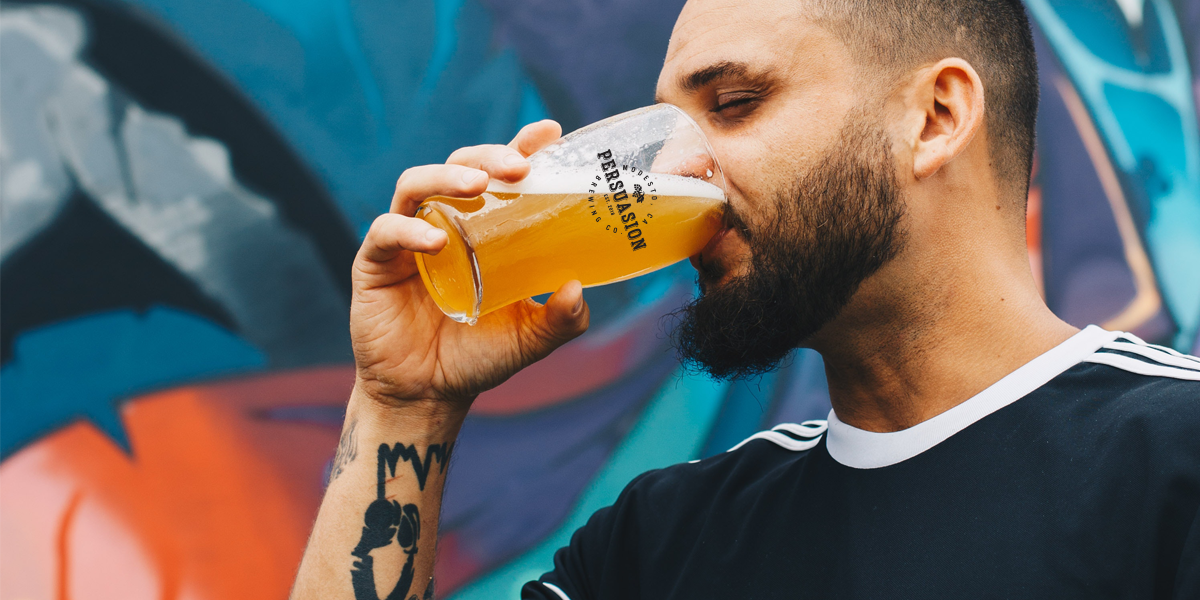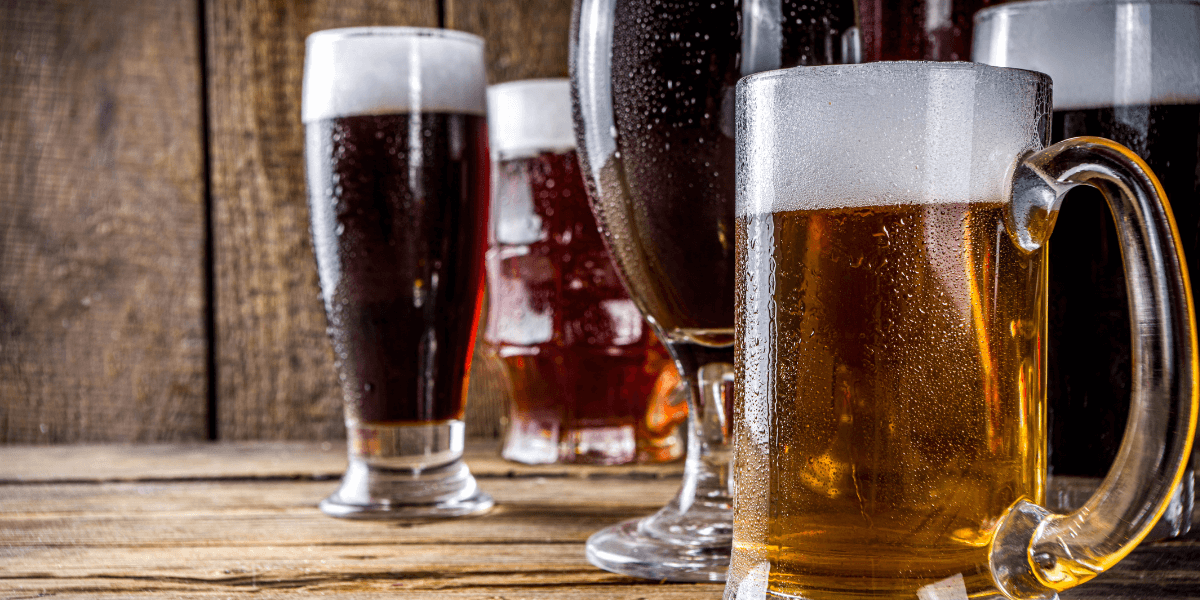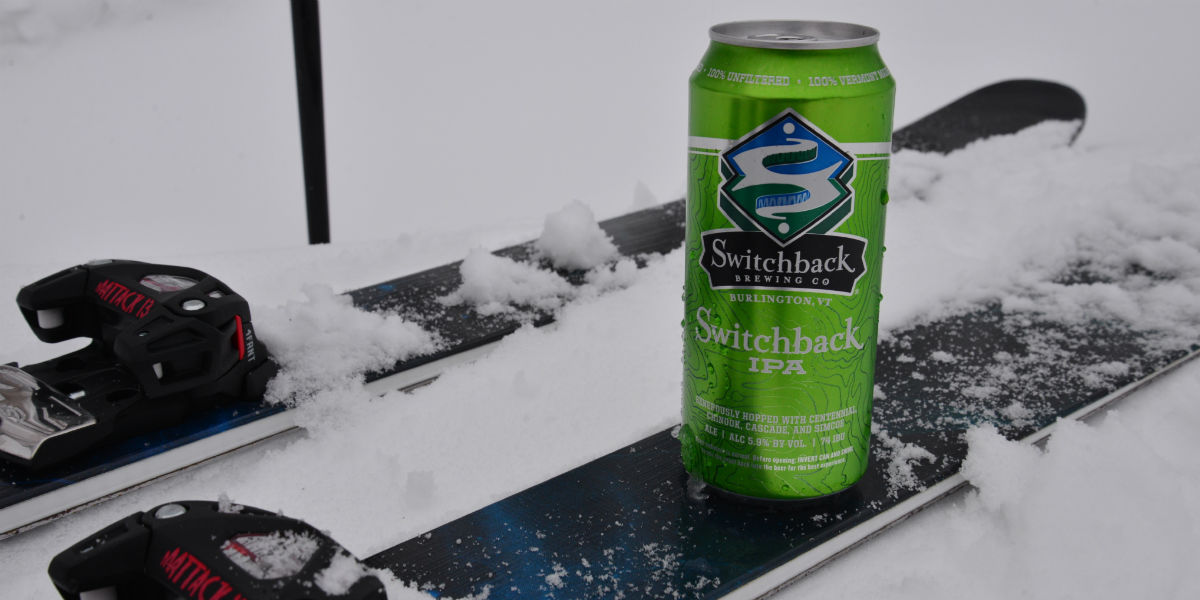
When it comes to brewing beer at home, one technique that can elevate your beer to new heights is using a dry hopper for homebrewing. Dry hopping is a method used by brewers to infuse their beer with a burst of hop aroma and flavor without adding bitterness.
It’s particularly popular when brewing hop-forward beers like IPAs, pale ales, and pale lagers. If you’re looking to craft a beer that boasts a fresh, vibrant hop aroma, then learning how to use a dry hopper for homebrewing will be a game changer.
In this article, I’ll guide you through the process of dry hopping, its benefits, and why it’s essential for homebrewers looking to make flavorful, hop-centric beers.
What Is Dry Hopping?
Dry hopping is the process of adding hops to beer after the boiling stage during fermentation, as opposed to during the boiling phase. By adding hops after boiling, you minimize the extraction of bitter compounds like alpha acids, which are released when hops are boiled.
This technique allows the hops to contribute their essential oils, which are responsible for the aromatic and flavor profile of the beer, without adding excessive bitterness.
Typically, dry hopping is done during the primary fermentation phase or in the secondary fermenter. The result is a beer that’s bursting with fresh hop aroma, which is exactly what craft beer drinkers crave when it comes to hoppy styles like New England IPAs or West Coast IPAs.
Why Use a Dry Hopper for Homebrewing?

There are several reasons why dry hopping has become such an essential technique for homebrewers, especially those brewing hop-centric beers. Let’s take a closer look at some of the primary reasons why you should incorporate a dry hopper for homebrewing into your brewing process.
1. Enhanced Hop Aroma
One of the biggest advantages of using a dry hopper for homebrewing is that it enhances the hop aroma without contributing bitterness. When hops are added during the boil, their essential oils evaporate due to the high heat.
However, by adding hops after the boil during fermentation, you preserve these oils and give your beer a fresh, aromatic hop character. This results in a more pronounced hop nose, which is a key feature of many modern craft beers.
2. Control Over Flavor Profile
With dry hopping, you have much more control over the final flavor profile of your beer. The timing and amount of hops you add can influence the intensity of the hop aroma.
By experimenting with different hop varieties and dry hopping durations, you can fine-tune the flavor and aroma of your beer to suit your personal taste. This flexibility is one of the reasons why homebrewers love using a dry hopper for homebrewing.
3. Ideal for Hazy and Juicy Beers
If you’re brewing New England IPAs or other hazy beer styles, using a dry hopper for homebrewing is an absolute must. These styles rely heavily on hop aroma and flavor, often showcasing a blend of tropical fruit, citrus, and pine notes.
Dry hopping allows you to achieve the intense hop aroma that defines these styles, and it works well with the hazy, juicy characteristics that are characteristic of New England IPAs.
4. Reduced Risk of Oxidation
When hops are added during the boil, there is a risk of oxidation, which can negatively affect the flavor of your beer. Oxidation can lead to off-flavors like stale cardboard or sherry-like characteristics.
However, by using a dry hopper for homebrewing, you avoid exposing the hops to heat and the associated risk of oxidation. This helps preserve the fresh hop aroma and prevents the beer from developing undesirable flavors over time.
How to Dry Hop: Step-by-Step Process
Now that you understand the benefits of using a dry hopper for homebrewing, let’s dive into the process of dry hopping itself. While it might sound like a complex step, it’s actually fairly straightforward and can be done with just a few simple tools.
Step 1: Select Your Hops
Before you begin dry hopping, you’ll need to choose the right hops for your beer. For beers that showcase a specific hop profile (like a juicy IPA or a West Coast Pale Ale), you’ll want to pick hops that complement the style. Popular choices for dry hopping include Citra, Mosaic, Simcoe, Amarillo, and Centennial. These hops impart bold citrus, tropical fruit, and pine flavors, making them perfect for dry hopping.
Step 2: Prepare Your Dry Hopper
A dry hopper is a container that holds the hops during the dry hopping process. There are a few different options available for homebrewers, such as nylon hop bags, stainless steel hop baskets, or even mesh cylinders. Whichever type of dry hopper you choose, make sure it’s sanitized before use to avoid any contamination.
Step 3: Add the Hops to Your Fermenter
Once your dry hopper is ready, it’s time to add your hops to the fermenter. Depending on the recipe and style you’re brewing, you may choose to add the hops during primary fermentation (typically after fermentation has slowed but before it’s finished) or in secondary fermentation. The timing of your hop addition will affect the aroma and flavor, so be sure to follow your recipe for optimal results.
Step 4: Let It Sit
Once your hops are in the fermenter, allow them to sit for anywhere from 3 to 7 days. The exact duration will depend on the specific recipe and your taste preferences. Keep in mind that the longer the hops sit, the more intense the aroma and flavor will be. However, be cautious not to leave them for too long, as the hops can start to degrade and lead to undesirable flavors.
Step 5: Remove the Dry Hopper
After the desired dry hopping duration, remove the dry hopper from the fermenter. This step should be done carefully to avoid introducing oxygen into the beer. Once the hops are removed, you can proceed with bottling or kegging your beer as usual.
Tips for Successful Dry Hopping
- Use Fresh Hops: The fresher your hops are, the better the aroma and flavor they will impart to your beer. Always try to use freshly purchased hops for dry hopping whenever possible.
- Minimize Oxygen Exposure: To preserve the integrity of your beer, minimize oxygen exposure during the dry hopping process. Make sure to remove the dry hopper gently to avoid introducing air into the beer.
- Experiment with Hops: Don’t be afraid to try different hop combinations and dry hopping schedules. With each brew, you can tweak the process to dial in the perfect hop profile for your beer.
Conclusion
If you’re serious about homebrewing and want to create hop-forward beers with intense aroma and flavor, then using a dry hopper for homebrewing is an essential technique you must master.
The ability to add hops after boiling allows you to preserve the fresh, vibrant hop aromas that define some of the best craft beers, such as New England IPAs and other hop-centric styles.
By following the steps outlined in this article and experimenting with different hops and techniques, you’ll be able to take your homebrewing to the next level. Whether you’re brewing a hazy IPA or crafting a flavorful pale ale, dry hopping is a technique that will enhance your beer and help you achieve that perfect hop aroma that craft beer lovers crave.




